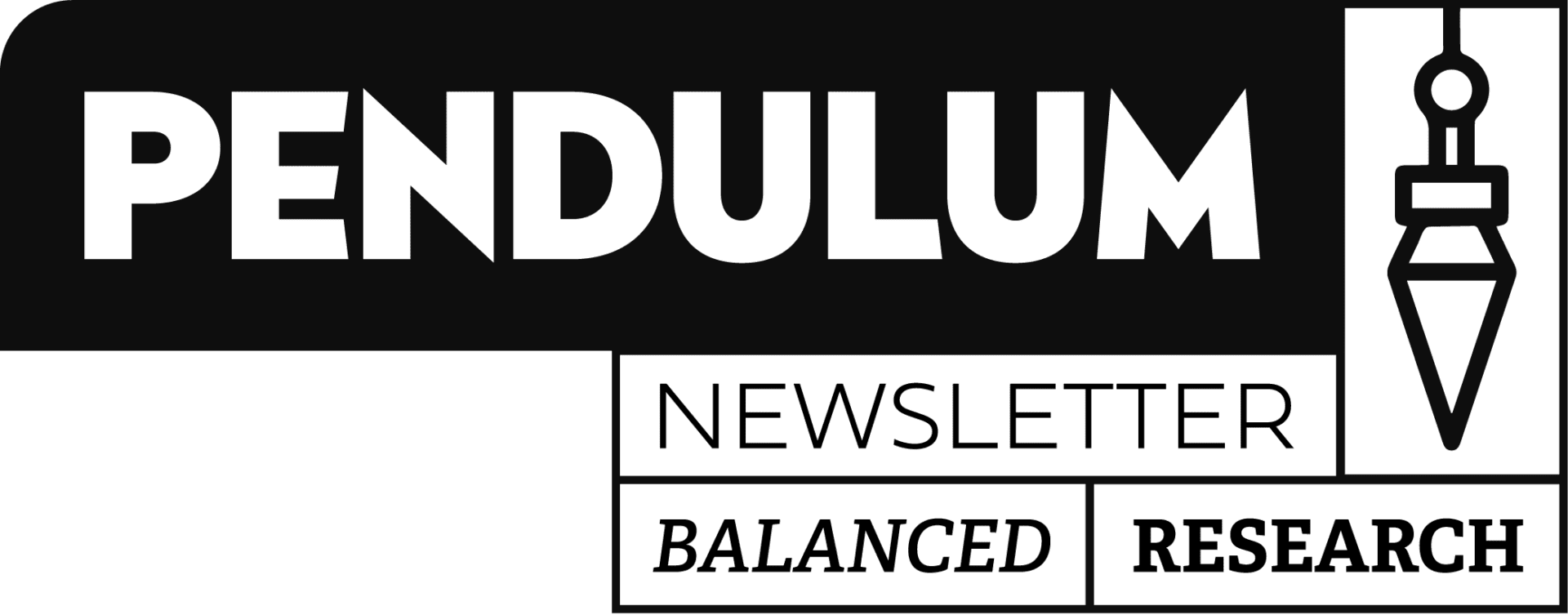

Honey continues to be one of the top three deceptive food items along with milk and olive oil. The first episode of the Netflix series Rotten covers Honey Fraud. Ten years ago honey fraud was exposed in an undercover operation named, “Honeygate” but not much has changed. If anything has changed since Honeygate it’s that the survival of bees has starkly declined (not gradually but suddenly since 2019) making real honey even more difficult to find. Labels, governing agencies, and policing of the honey industry exist mostly in name with almost no implementation and little compliance from honey sellers. While a lot of food labels carry some level of deception, honey is one of the labels where Local is very likely China.
Since April is the best time to go to the farmers market for all young produce, honey especially is best bought from small-scale, independent sellers. It will be noticeably more expensive than honey in a grocery store (especially now), but many of the grocery counterparts are processed sugar syrup with small amounts of honey.
In 2013, Honeygate was the biggest food fraud exposure to date – or really the biggest one where anyone got caught. It found honey launderers evaded $180 million in shipping costs by shipping honey through several different ports (mostly in Asia) and chemically altering it. Today it’s estimated that around 70% of honey is adulterated, but because of multi-tier fraud systems and organized crime through the entire honey industry, it’s impossible to know for sure.
The demand for honey increased by 40% in the past 20 years. Today America consumes 575 million pounds of honey a year. With this inverse of less honey production and more demand, one would expect honey to be expensive and maybe even a commodity. Interestingly, honey prices have gotten cheaper. This is thanks to honey adulteration which has become advanced beyond most honey testing by using compounds that mimic honey.
Today it’s not uncommon for honey to test from 5 or 6 different countries across the globe. A sugar mixture with a little bit of Chinese honey can be dusted with pollen from Argentina and labeled as “Argentinian Honey”. For honey labels to comply with traceability is voluntary and the USDA does not require samples to give honey a grade A.
So, what can a shopper do?
The most surefire way for a consumer to get the real product is to source it locally. We know the bees are in jeopardy, but authentic beekeepers are also becoming a rare breed. April is a good time to support beekeepers because it’s the beginning of their season. Bees will collect pollen through the summer, but honey harvest doesn’t happen until late summer or fall.
Honey is anti-microbial meaning it doesn’t need to be in an air-sealed container, a hand-packed ball jar is fine. Honey doesn’t go bad, so if you find a real source you can stock up. There is evidence that honey helps with seasonal allergies. For this to be an added benefit, it’s important to get honey from bees pollinating the flowers that are causing the allergies, so it has to be local for that benefit to work.
HOW TO BUY HONEY 101:
Color: Real honey can be very light or dark. It depends on the water content in the hive and the pollen source.
Crystallization: Real honey will often crystalize; often adulterated honey will be heated so that it doesn’t.
Raw v. Heated Honey: Honey is not milk, it does not get pasteurized. Heating part of the adulteration process to blend it with other syrups. Heating even at low levels creates a chemical compound called HMF that may be harmful for consumption, but more research is needed. If HMF is detected, it’s very suspicious that the honey has been adulterated. Additionally, the health benefits of honey are in the naturally occurring compounds in honey that even low heating will strip the honey of.
Specifically, the Whole Foods 365 brand “Mountain Forest Honey” is heated. The label does not say “raw” but it also doesn’t say “heated”.
Honey Sources: Labels that say “clover”, “wildflower”, “mountain forest” or “lavender” have no real criteria to use those labels. Honeybees are usually transported across the country to help pollinate almond trees for example, and bees travel around 6 miles away from their hive on an average trip. So even if a hive is in the middle of a lavender field, there will not be “notes of lavender” in the honey.

